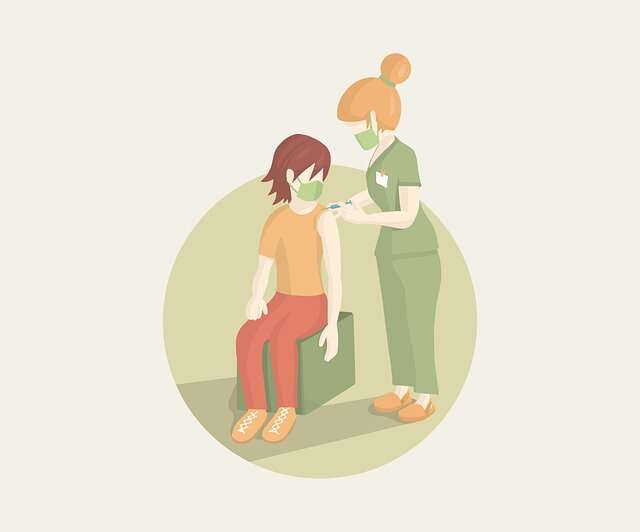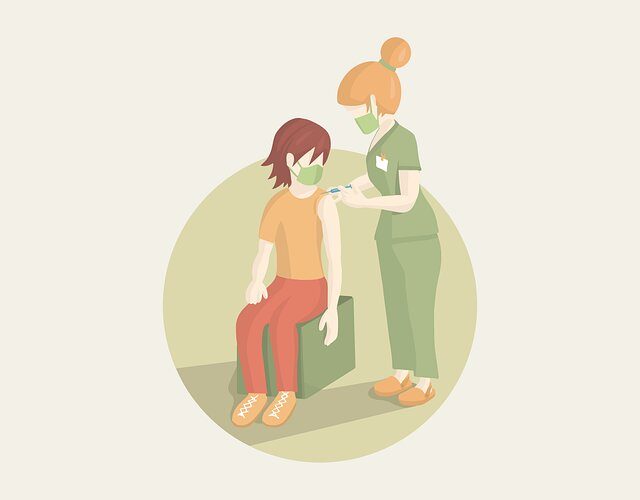How does social behavior lead to clusters of vaccine hesitancy?

Geographical pockets of vaccination behavior can be attributed to both pre-existing sociodemographic clusters as well as the way vaccine hesitancy spreads through neighboring societies, according to a new study publishing October 13 in the open-access journal PLOS Computational Biology by Lucila Alvarez-Zuzek of Georgetown University, U.S., and colleagues.
In recent decades, vaccine hesitancy has gained ground, threatening the maintenance of herd immunity for various pathogens. The geographic clustering of vaccine hesitancy creates pockets of unprotected sub-populations that can become hotspots for outbreak emergence.
In the new study, researchers created theoretical models to explain how clusters of vaccination behavior are shaped by two social processes—social selection, the pre-existence of socio-demographic clusters; and social influence, the spread of ideas between populations.
The models found that both processes are independently capable of generating geographical clusters of high hesitancy. Moreover, they suggested that when a society trusts hesitancy propaganda, social selection plays an important role and many smaller clusters of hesitancy appear. When a society tends to be more skeptical about propaganda, social influence overcomes and a few larger clusters appear, despite the same overall frequency of vulnerable communities.
The computational models also allowed the team to determine how intervention strategies can reduce both overall vaccine hesitancy, and the spatial clustering of vaccine hesitancy. They found that when social selection in a society is low, the most effective strategy involves targeting communities that are vulnerable due to their own socio-economic traits but also are surrounded by a socio-cultural environment with a high tendency towards hesitancy.
Source: Read Full Article
